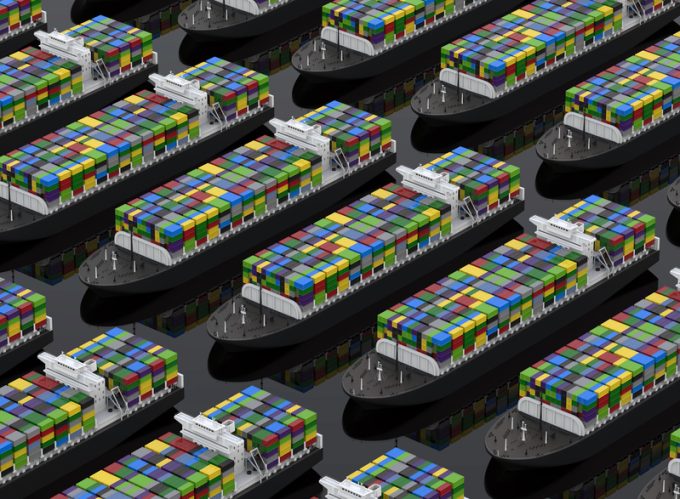Containership charter market feels the ripples from trade tensions
The charter market for containerships is diverging in response to the many pressures on supply ...

German shipowning group Peter Döhle Schiffahrts has broken a long-time holdout to order four 14,000 teu newbuilds in China, adding to a global shipping orderbook that will last past 2029.
The company has not placed a newbuild order since 2015, preferring to ...


Comment on this article